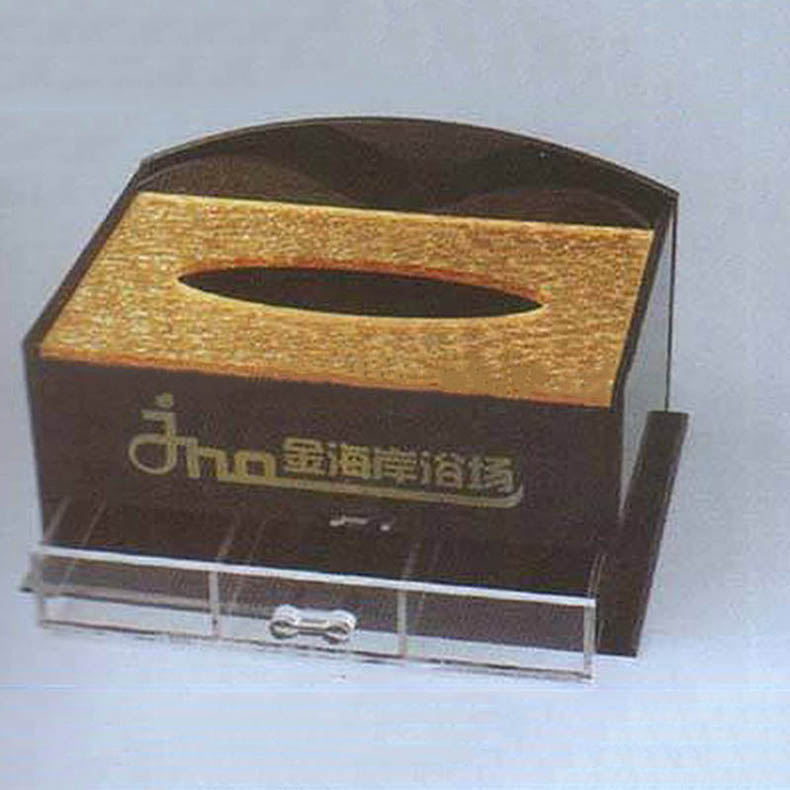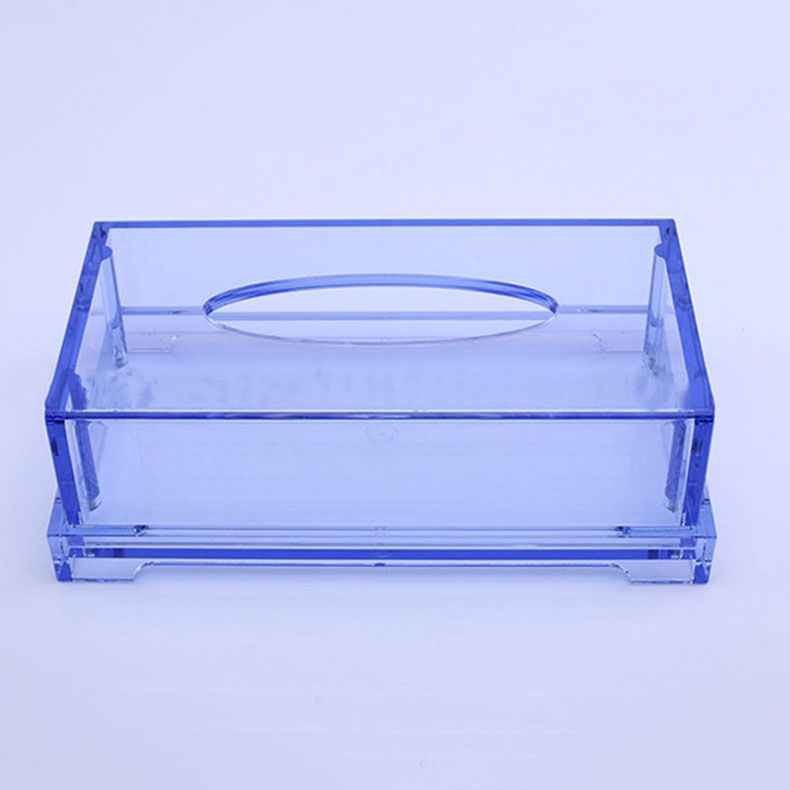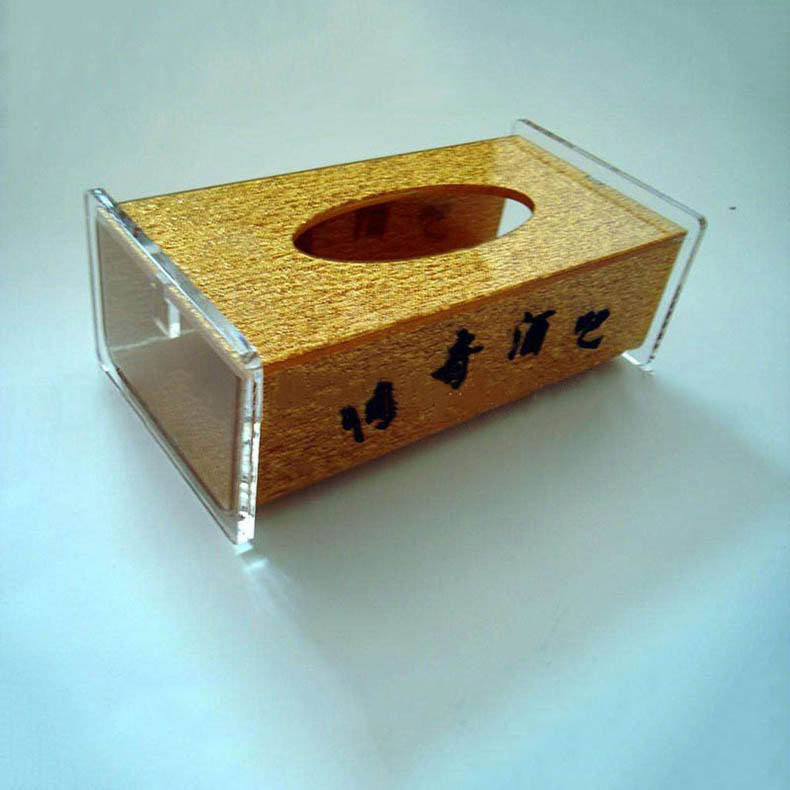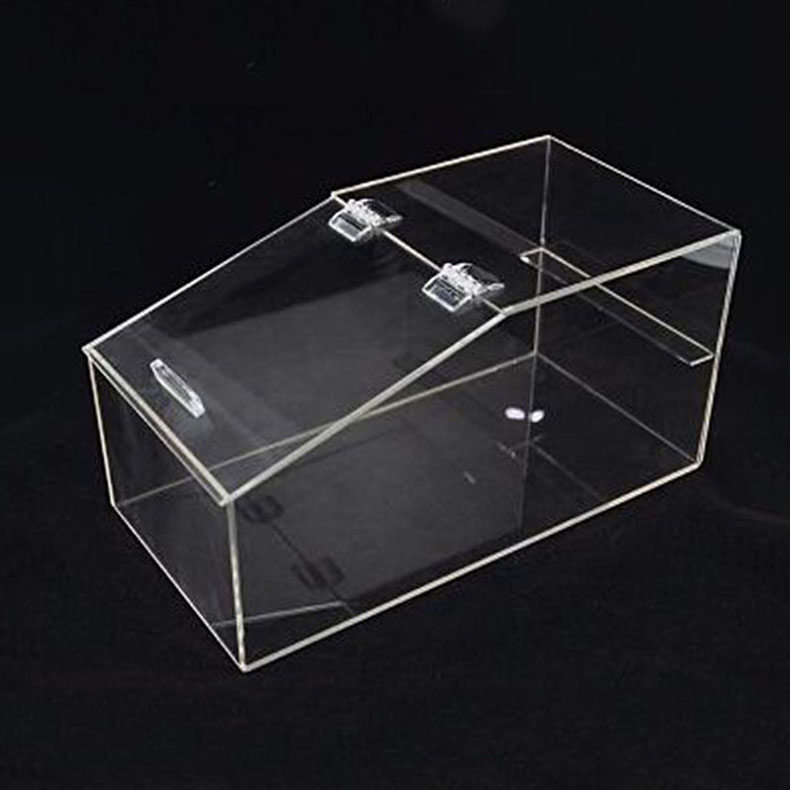Resin wall clock molds are the unsung heroes behind the creation of those captivating timepieces that adorn our walls with elegance and charm. While they may not be as visually striking as the finished clocks themselves, these molds play a crucial role in shaping the intricate designs and exquisite details that define each clock. In this exploration, we'll uncover the fascinating world of resin wall clock molds, delving into their design, construction, and the pivotal role they play in the creation of these artistic timepieces.
The Anatomy of a Resin Wall Clock Mold:
Resin wall clock molds come in a variety of shapes, sizes, and materials, each tailored to suit the specific design requirements of the clock being produced. Typically, these molds consist of two main components:
1. Base Mold:
- The base mold forms the foundation of the clock and serves as the primary cavity into which the resin is poured. It is meticulously crafted to replicate the desired shape and dimensions of the clock face, including any intricate details or embellishments. Depending on the complexity of the design, the base mold may be made from silicone, urethane, or other flexible materials that allow for easy removal of the cured resin.
2. Inserts and Inserts:
- Inserts and inserts are additional components added to the base mold to create specific features or details within the clock design. These may include insets for numerals, hour markers, or decorative elements such as flowers, leaves, or geometric patterns. Inserts are carefully positioned within the base mold before the resin is poured, ensuring precise placement and alignment to achieve the desired aesthetic.
The Mold Making Process:
Creating a resin wall clock mold is a meticulous process that requires careful planning, precision craftsmanship, and attention to detail. The process typically involves the following steps:
1. Design and Prototyping:
- The mold-making process begins with the design and prototyping of the clock. This may involve sketching out the initial concept, creating digital renderings, or sculpting a physical prototype to serve as a reference for the mold maker.
2. Mold Fabrication:
- Once the design is finalized, the mold maker sets to work fabricating the base mold and any necessary inserts or inserts. This may involve sculpting the mold components by hand, CNC machining them from solid blocks of material, or using 3D printing technology to produce precise replicas of the desired shapes.
3. Mold Assembly:
- Once all the components are ready, the mold maker assembles them into the final mold configuration. This may involve securing inserts and inserts in place within the base mold, ensuring proper alignment and clearance for resin flow.
4. Testing and Refinement:
- Before the mold is put into production, it undergoes rigorous testing to ensure that it can reliably reproduce the desired clock design. Any issues such as air bubbles, uneven surfaces, or incomplete details are identified and addressed through iterative refinement until the mold produces consistently high-quality results.
The Role of Mold in Clock Production:
Once the resin wall clock mold is perfected, it becomes the cornerstone of the clock production process, enabling artisans to create stunning timepieces with precision and consistency. Here's how the mold is used in the production process:
1. Resin Casting:
- To create a resin wall clock, artisans pour liquid resin into the prepared mold, ensuring that it flows evenly into all the cavities and around the inserts and inserts. The mold acts as a negative impression, shaping the resin as it cures to form the intricate details and contours of the clock design.
2. Curing and Demolding:
- After the resin is poured, it is left to cure and harden within the mold. Once fully cured, the mold is carefully demolded, revealing the cast resin clock face with all its intricacies and embellishments intact. This process requires precision and delicacy to avoid damaging the fragile resin or the mold itself.
3. Finishing Touches:
- Once demolded, the resin clock face may undergo additional finishing touches such as sanding, polishing, and painting to enhance its appearance and durability. Any imperfections or blemishes are meticulously addressed to ensure that the final clock meets the highest standards of quality and craftsmanship.
Conclusion:
Resin wall clock molds may not be the stars of the show, but they are indispensable players in the creation of these artistic timepieces. From shaping intricate details to ensuring consistency and precision in production, these molds lay the foundation for clocks that captivate the eye and elevate the ambiance of any space. Through meticulous craftsmanship and attention to detail, mold makers bring to life the designs dreamed up by artisans, enabling them to share their creativity and vision with the world in the form of stunning resin wall clocks that stand the test of time.








